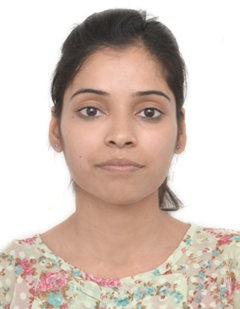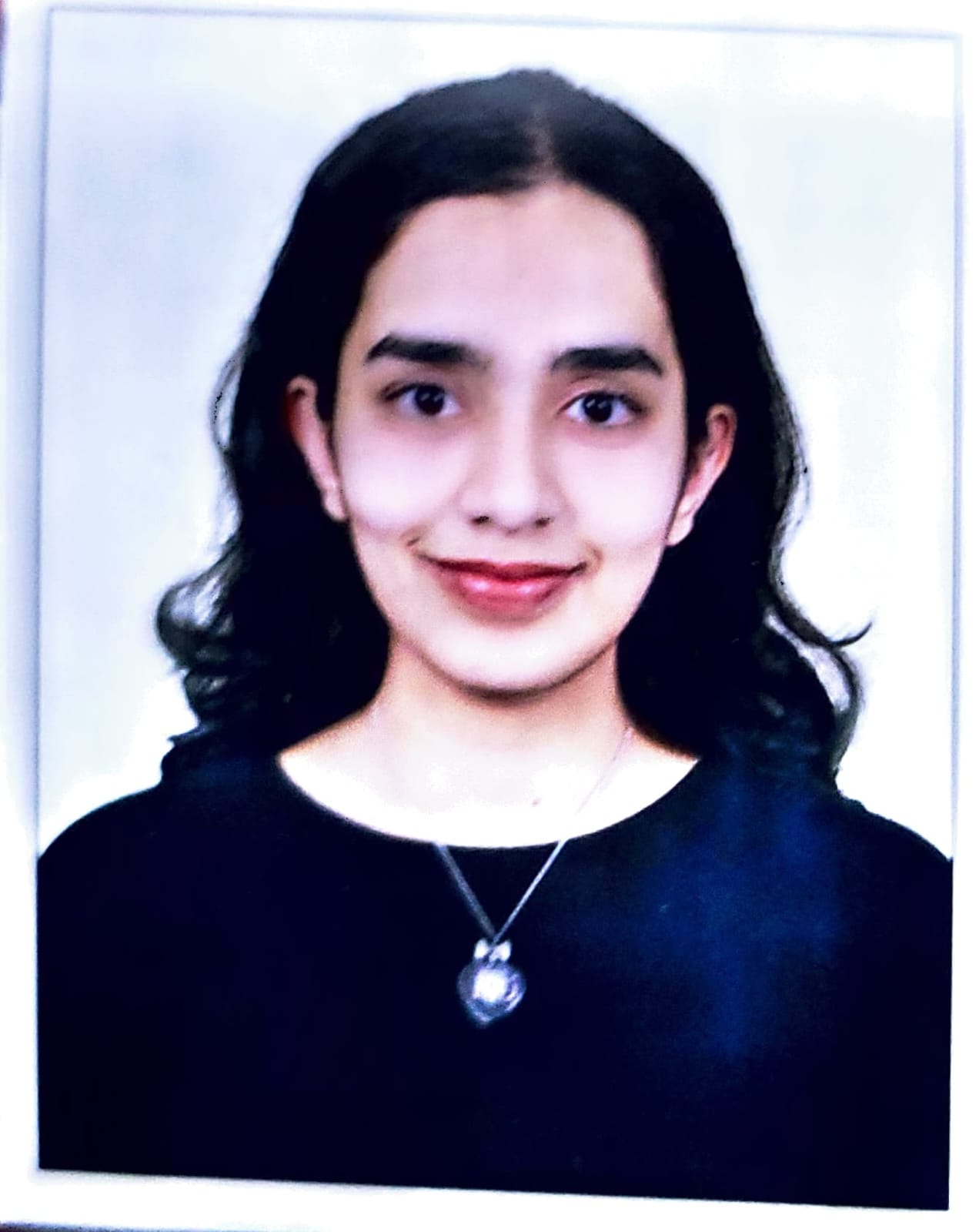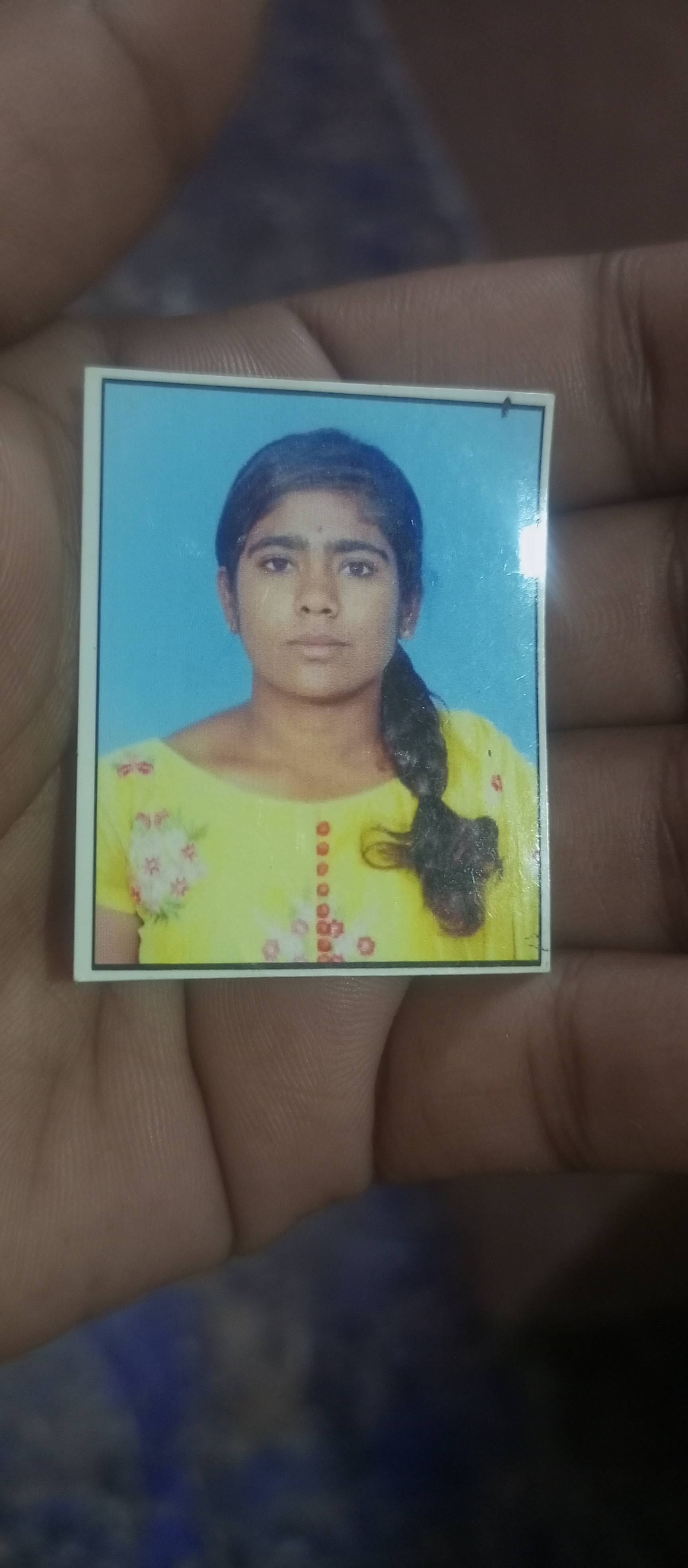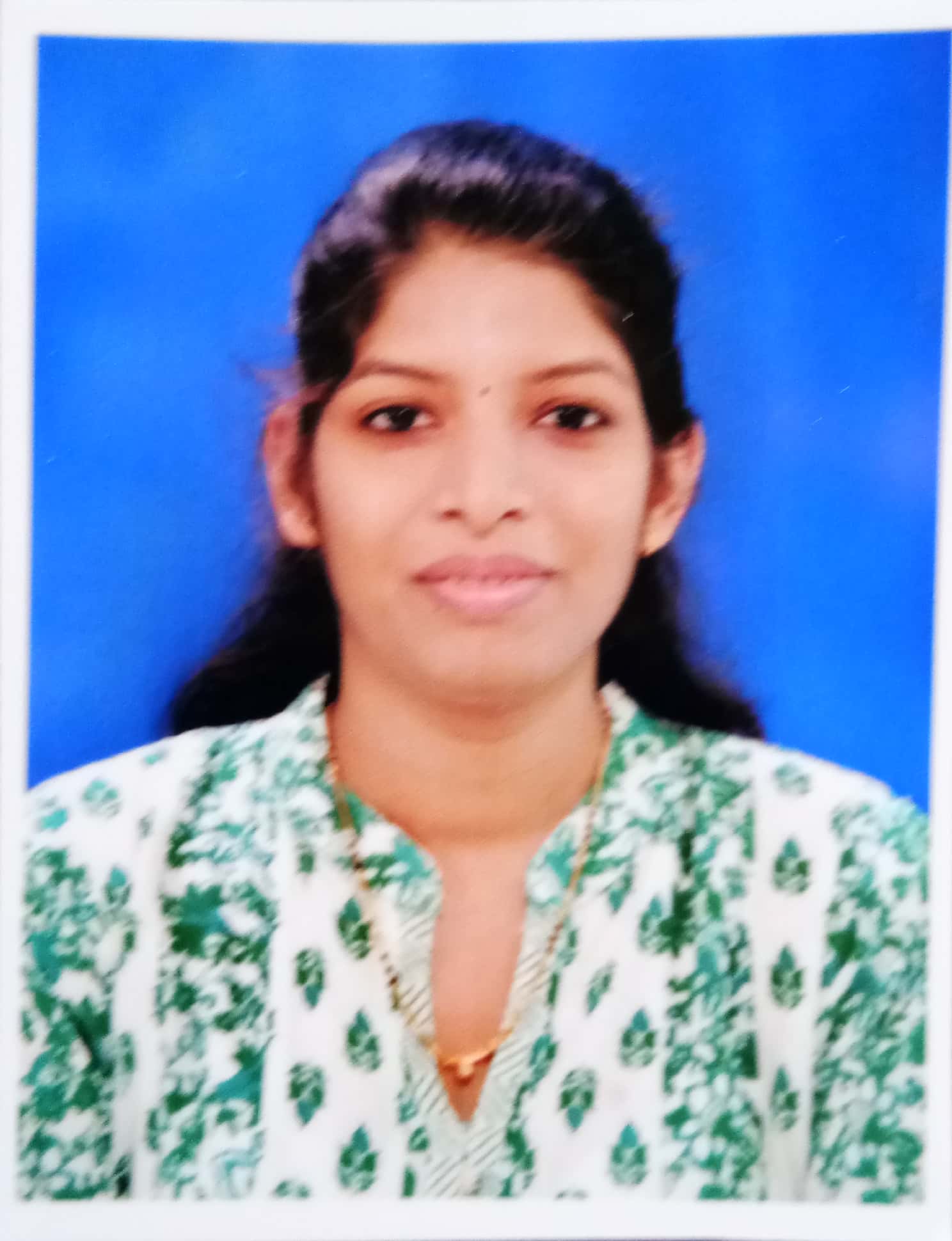At the center of the cell cycle control system is Cdk a protein that
In DNA replication, new DNA bases are added to the 3' end of the growing DNA strand. This process occurs in the 5' to 3' direction, which means that nucleotides are added to the 3' hydroxyl (-OH) group of the sugar moiety of the last nucleotide in the growing DNA strand.
The DNA polymerase enzyme catalyzes the addition of nucleotides to the growing DNA strand during replication. It requires a template strand and a primer strand to initiate synthesis. The primer provides a free 3' hydroxyl group to which the DNA polymerase can add nucleotides.
As the DNA polymerase moves along the template strand, it adds complementary nucleotides one at a time to the 3' end of the primer, using the template strand as a guide. Each incoming nucleotide is matched with its complementary base on the template strand (A pairs with T, and G pairs with C), and a phosphodiester bond is formed between the 3' hydroxyl group of the last nucleotide in the growing strand and the 5' phosphate group of the incoming nucleotide.
The DNA polymerase then continues to add nucleotides in a sequential manner, extending the DNA strand in the 5' to 3' direction. This process results in the formation of a new DNA strand that is complementary to the template strand.








Tags
Qualification
Course
Department
Stream
Subject